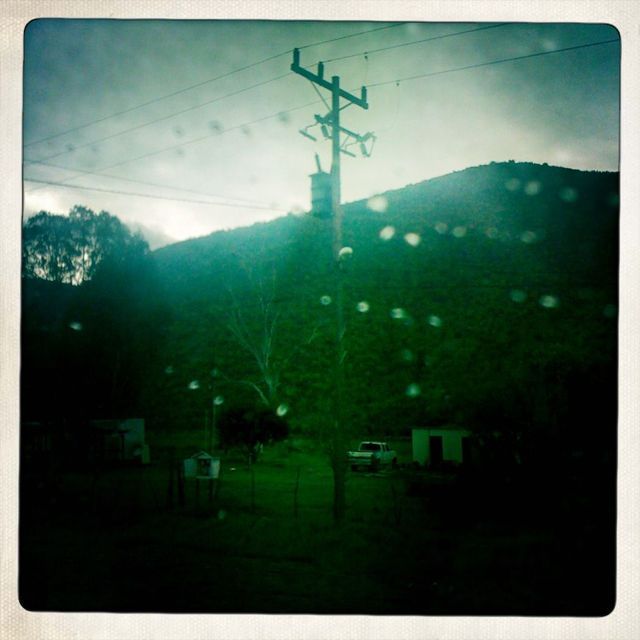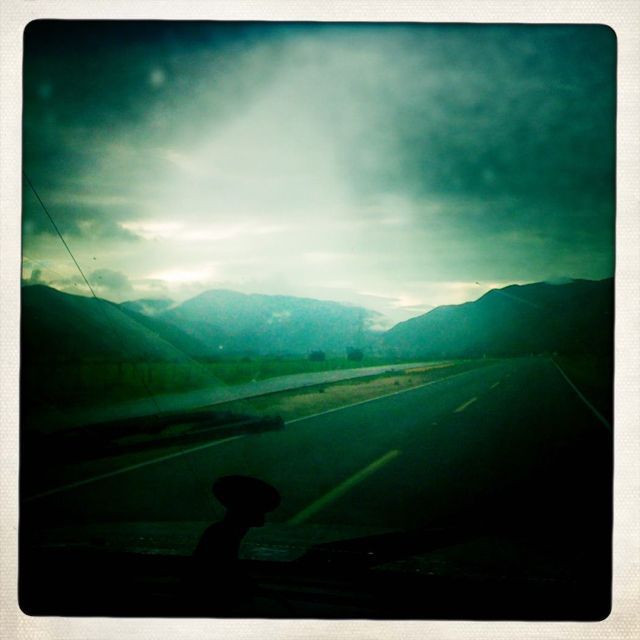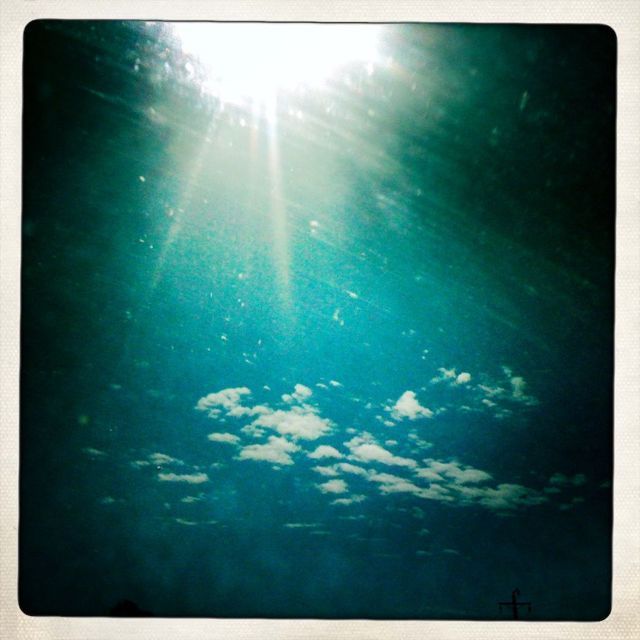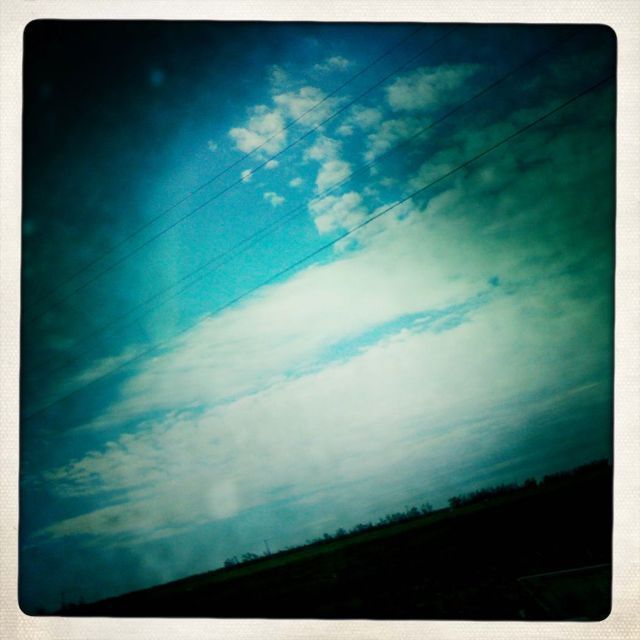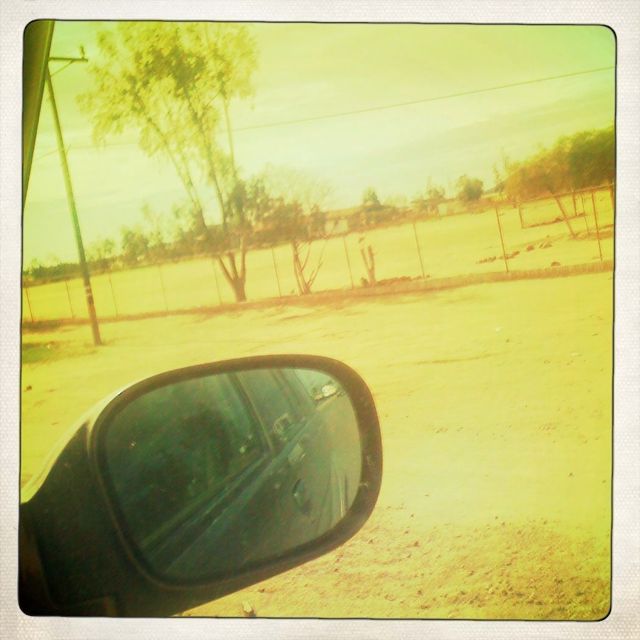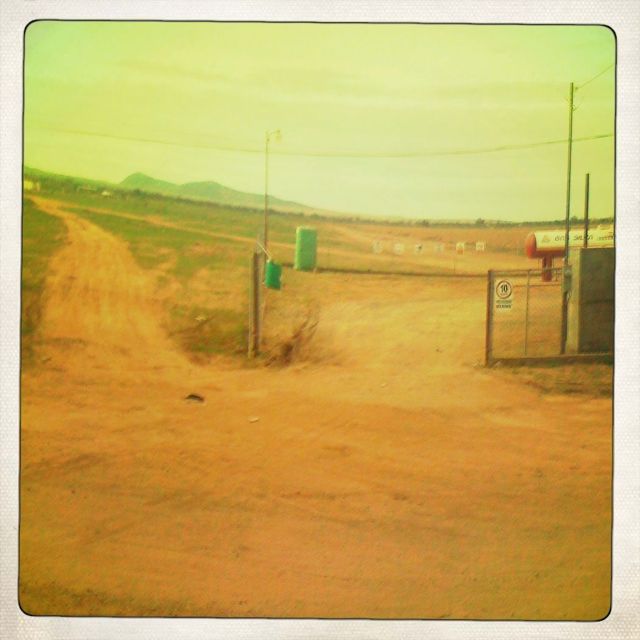Rain is always a mild surprise, except in England, but the weather here is pretty unstable. From hot and sunny to cool and rainy. Obviously, that’s the nature of the climate, more so these days as we pump more energy into the system. Rain and clouds are useful in light control, though. Water vapour disperses light and softens it up, lowering the constrast and making it easier to see overall. You can replace the missing constrast, if you think of it that way, later on. Back in the days of b+w processing, I (and many others) would underexpose and underdevelop film - give it a lower speed rating. This gave lower constrast, and a flatter negative, but it could increase the dynamic range substantially. The late Barry Thornton argued that many films had been overrated by their manufacturer, one example being the classic Tri-X, nominally rated at 400, but when tested by Thornton to find its ‘true’ speed, came back at 160. He was in good company: Ansel Adams apparently came to the same conclusion. One other trick for controlling dynamic range was to pre-flash the film or paper. This was to sensitize the material to just before an image would appear, enabling the printer to hold the highlights much better. Essentially, you’d double-expose the film through a translucent filter at about three stops under - I think - to sensitize the film before the main exposure a stop under. I’d have to check the figures. Anyway, it’s still raining on this twisty road up through the hills of Baja.
Over the mountains, it’s five degrees warmer and clouds are thin, remote and interesting features. I slept through most of the last stretch, woke up to Bowie at a petrol stop, and reached to redirect some air vents my way: hello sunshine. The sun can make things look flat in its own way, mostly during the middle of the way, when its power overrides and evens everything out: uniform shadows, straight light, and no depth. We’re never happy, photographers. Too hot, too cold, too dark, too bright…
The Voyeuristic Approach: choosing a long lens
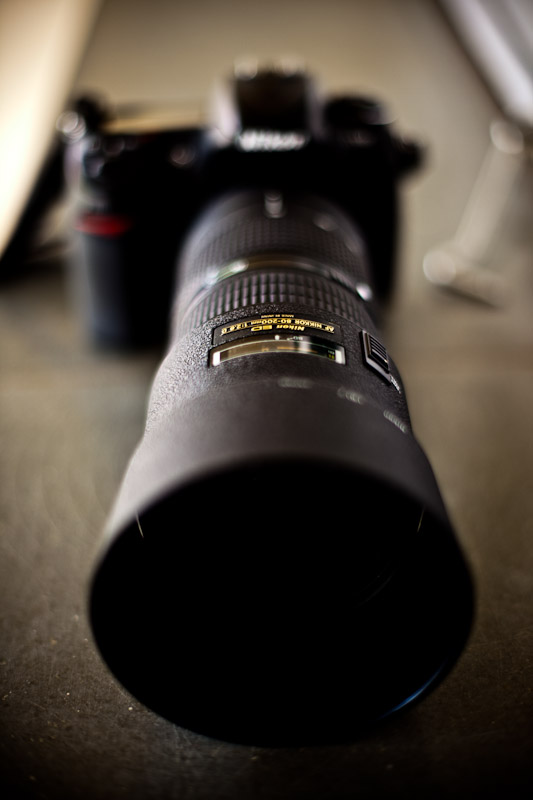 I was reading a few weeks ago about focal lens as an analogue of actual distance. My notes tell me that was in a book edited by Elizabeth Edwards called Anthropology and Photography, p. 162. The telephoto lens lends itself to a voyeuristic appeal, with its perspective and shallow depth of field, the distance between the photographer and subject is evident. The question is when one might use it. I’m wanting to draw more and more parallels between colonial photography and the viewing of the subjects and the work I’m doing now, looking at these tribes disenfranchised by the British and maintained by independent India up to the present day. I’ve been thinking a lot about doing a series of colonial portraits as a branch from the main documentary. That’s definitely happening. I’d like to take the voyeuristic approach to some aspects of the culture too. But I’ll find out what in a few days.
I was reading a few weeks ago about focal lens as an analogue of actual distance. My notes tell me that was in a book edited by Elizabeth Edwards called Anthropology and Photography, p. 162. The telephoto lens lends itself to a voyeuristic appeal, with its perspective and shallow depth of field, the distance between the photographer and subject is evident. The question is when one might use it. I’m wanting to draw more and more parallels between colonial photography and the viewing of the subjects and the work I’m doing now, looking at these tribes disenfranchised by the British and maintained by independent India up to the present day. I’ve been thinking a lot about doing a series of colonial portraits as a branch from the main documentary. That’s definitely happening. I’d like to take the voyeuristic approach to some aspects of the culture too. But I’ll find out what in a few days.
I have never had a problem coming up with ideas on what to pursue, shoot or study next, the problem is in taking on too much. I am forever running out of bandwidth, or at least I was until a few years ago when I decided to try and focus on fewer things, start saying no to things that were only marginally interesting and saying no to people more often. You have to, otherwise you’ll get nothing done.
Ideas come from exercising the grey matter, thinking and reading; The London Review of Books, The New Yorker, The Economist all come into the flat and are great online. Tiny bits of local news find their way into my notebooks and emails go flying out - “Can I come and meet you?” and replies wing back, “Yes of course!” People are friendly and helpful, if you show an interest. Right now, I have an awesome lead on a wonderful story, centering around a wonderful character. And it’s time to send him an SMS and set up the first meeting.
